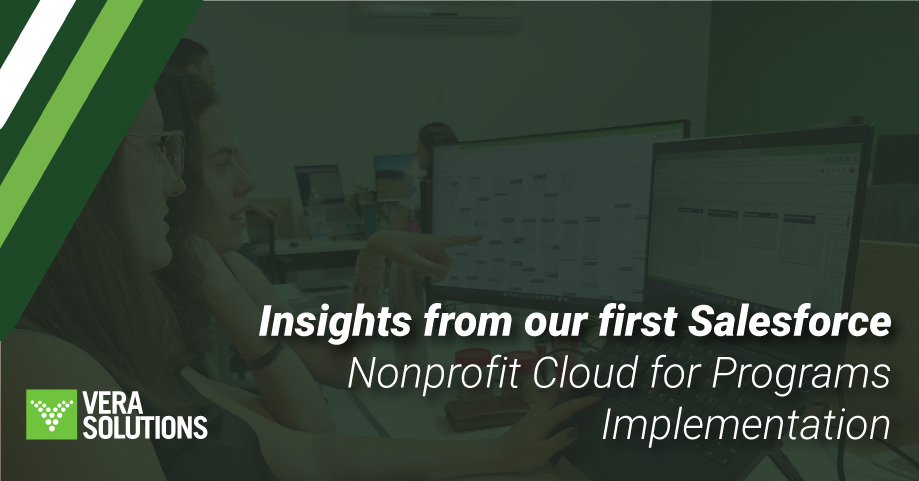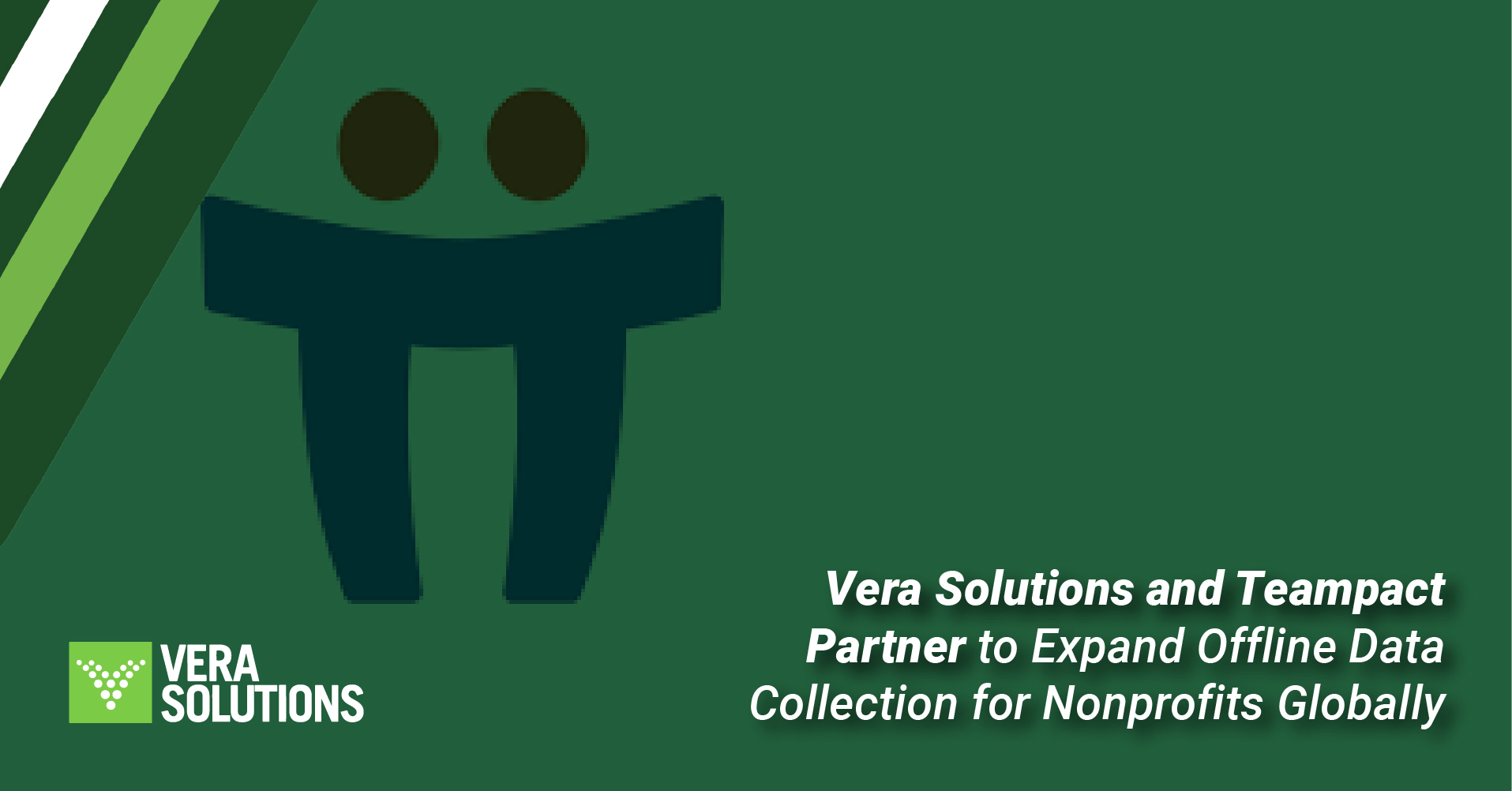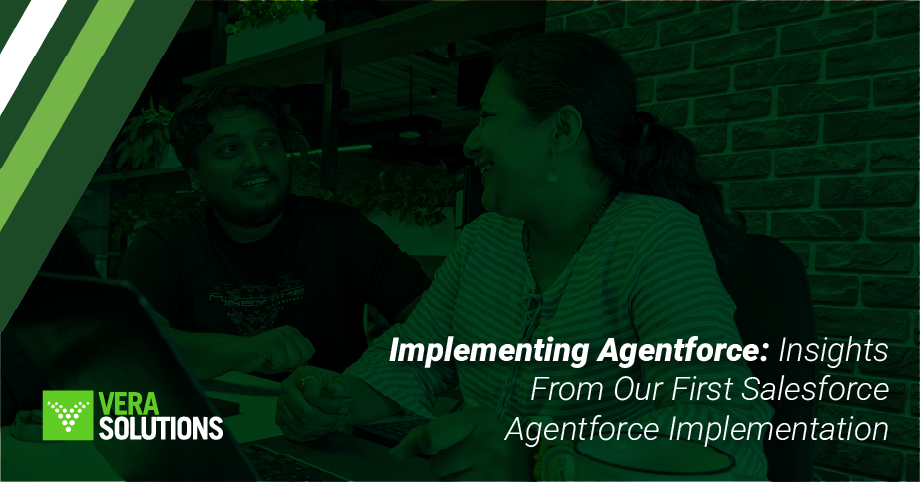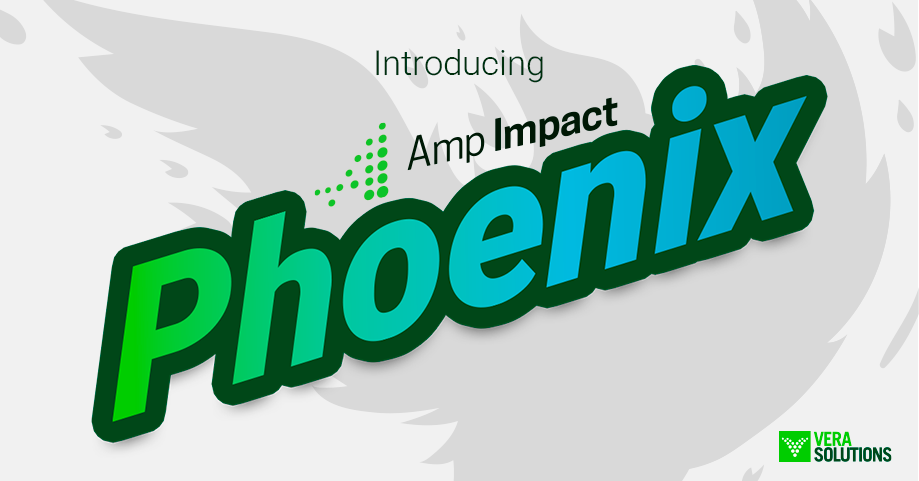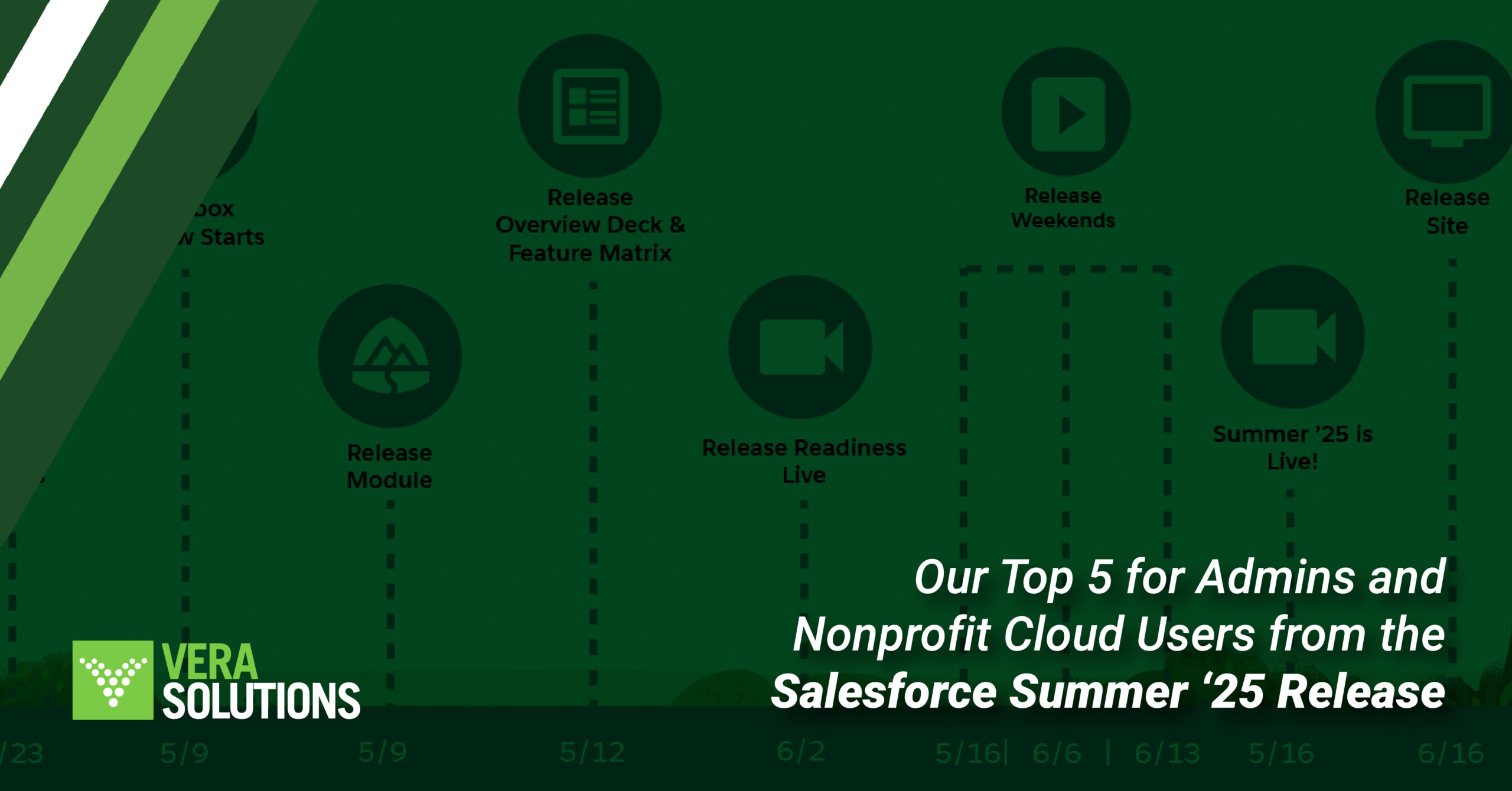We’re delighted to have now completed our first implementation of Salesforce NPC for Programs with a center at an Ivy League Institution. It has been an interesting journey, and in this blog, we share our experience, along with some tips for other organizations looking to implement Salesforce Nonprofit Cloud for Programs.
The Project: NPC for Programs
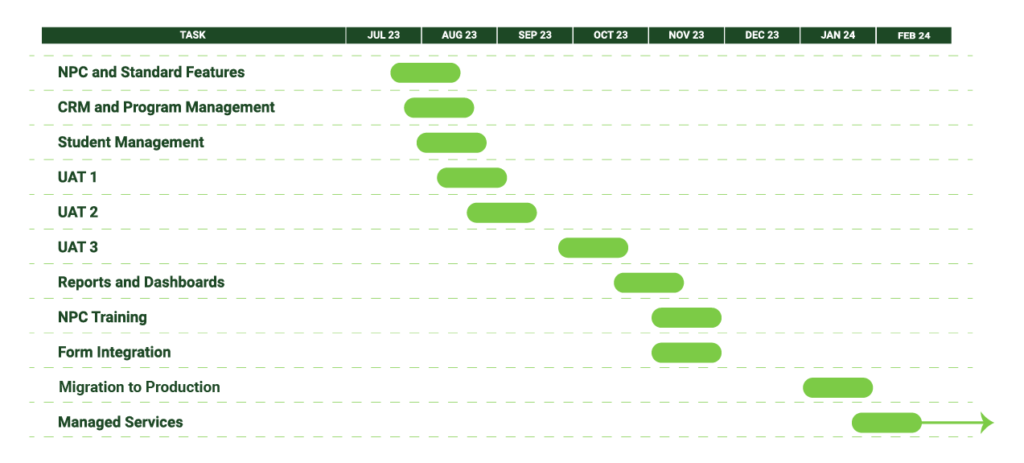
Supported by ongoing documentation updates, training, and quality assurance testing.
GO LIVE! Was celebrated January 2024 which was followed by a Managed Services engagement to keep their system supported into the future.
The client now has a solution to:
- Receive, manage, and process student applications and application history
- Track student enrollment, attendance, and delivery of program activities
- Identify faculty, partners, and external beneficiaries connected to students and programs
- Get intelligence on historical data on program enrollment and student participation
As the project reaches its conclusion, this nonprofit organization is ideally positioned to leverage the capabilities of its new system to manage its programs and foster community engagement. The implementation of Salesforce NPC for Programs stands as a testament to their commitment to innovation and excellence in preparing students to be ‘transformational leaders for the common good’, Vera’s dedication to implementing the right solutions for our clients, and Salesforce’s drive to support their customers and consulting partners.
But that is not the end. With ongoing Managed Services Support, the client is already considering adding non-Ivy League Institution student attendance tracking, and we cannot wait to be part of that next phase.
“We greatly appreciated working with our Vera team throughout this project. This was particularly true in the design and discovery phases, when they led us through a deep listening process and ensured out needs were heard. This ultimately led to a successful project outcome. Thank you!”
- Key client stakeholder
So, what’s it like to implement Salesforce Nonprofit Cloud for Programs? We asked our team a few questions, here’s what they had to say:
Thinking about the project, what went well?
Having client buy-in, stakeholder alignment, a team ready to implement change, a drive to upskill, and resources allocated to the implementation team were all contributing factors to the success of the project. This helped us not only to deliver the project smoothly with no budget or timeline issues but also allowed us to be agile when implementation enhancements were identified after the D&D phase.
A great example here is when we learned more about the client’s process and programs later in the implementation. For example, with their unique terms schedule, we were able to create a Terms object that would help them better track their program enrollments. Other examples of this were the reconceptualization of Faculty and Academic Disciplines objects when we learned how they planned on using this data, and finally the way that we were bringing in applications from FormAssembly when we better understood their plans for FormAssembly license distribution.
Another highlight was the stellar communication process established from the beginning, enabling the entire team – both internal and external – to be constantly aware of all related discussion topics and decisions, and making sure every new decision and change was communicated clearly in our Slack channel.
“The client was an amazing client to work with, and the high point was the relationship we were able to create with them. That gave us clarity about their needs and overall vision. They did an amazing job in studying Salesforce and were very diligent on their responsibilities (e.g. UAT feedback).” commented Adalto.
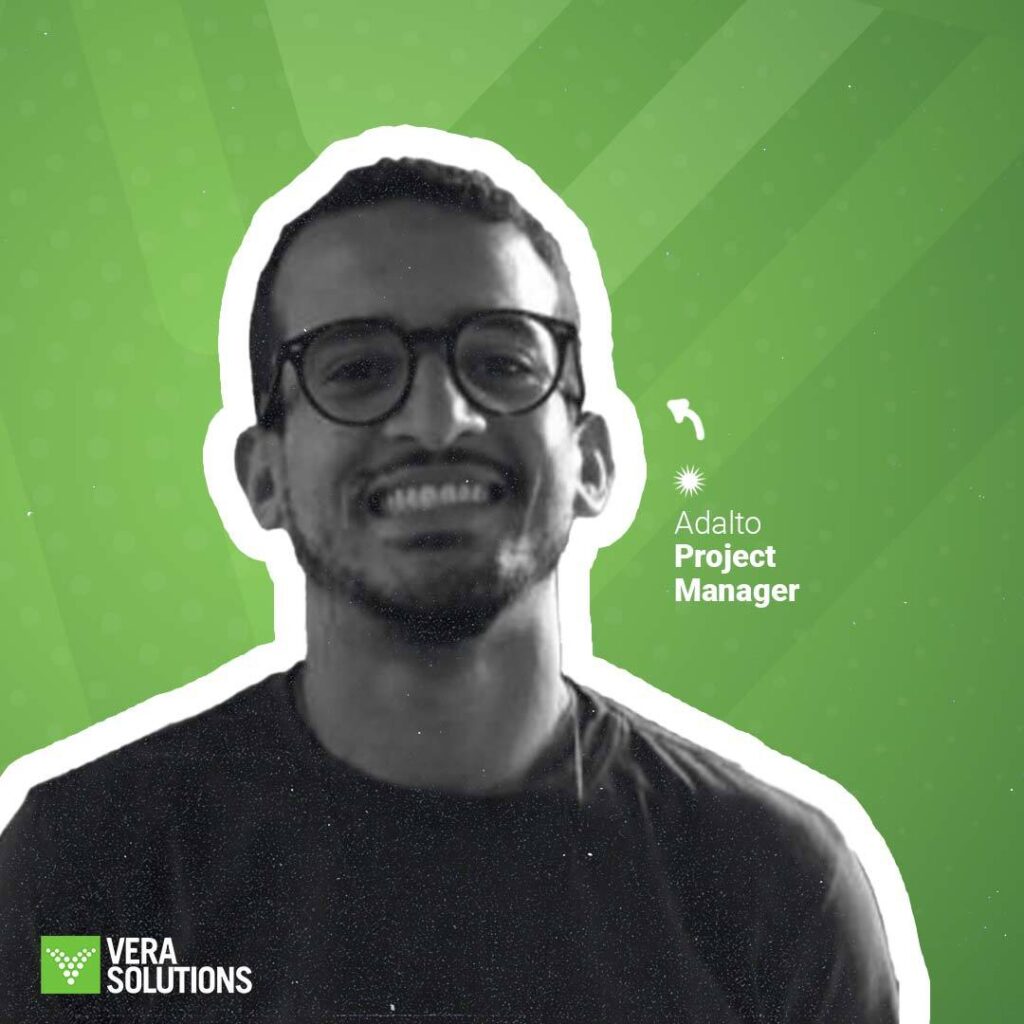
“From my perspective, The client was a great client to work with because they became passionate about Salesforce and their system as we went through the different phases of development. I also think, because they were so collaborative, that the end product is something that both suits their needs very well and is something they are confident and excited to use,” remarked Kai.
“The collaboration with the client was amazing. Meeting with them was always a pleasure, not only because they were a very fun team, but also because they were consistently interested and engaged, and very dedicated to making the project move forward. They even went through Trailheads we suggested very early in the project, to get a better grasp at Salesforce – ask any consultant and they will tell you how rare that is!” noted Amanda.
What Would You Change Next Time?
Understanding the wider impact and long-term needs can be a challenge, particularly when rolling out a new solution to the entire organization. Any organization wishing to implement a new solution should consider both the short-term objectives and gains as well as the wider and longer-term implications for the entire organization. This is a common challenge we discuss with all our clients.
Having an introduction session with clients regarding NPC and what each object is used for would have been helpful in the beginning when discussing the project. This is because a lot of the object names make sense in the context of other nonprofit organizations but don’t make sense for the client. For example, the Benefits management objects (Benefits, Benefit Types, Benefit Schedules, Benefit Disbursements…etc.) did not make sense. Benefits are supposed to be for storing information about goods/services that organizations provide, but the client’s main output is activities (such as classes/seminars/mentorship programs). It would have been helpful to explain the terminology and how the objects fit into the client program structure earlier to avoid confusion down the road.
What is your impression of working with NPC for the first time?
NPC has some good features that suit the client’s programs, especially the way that the program management objects organize their social impact programs and program enrollments.
The Program data model and the built-in processes and automation around it are nicely done and adapted well to the client’s scenario. There wasn’t even much custom configuration to be done, the bulk of the work was in testing, POC-ing, and getting familiar with how the ready-to-use features would be used by the client.
“I think it went well, despite being a really big learning curve! The Trailheads on Salesforce helped us get off the ground, but there was still a lot to become familiar with when I had to contextualize NPC within the client’s program structure. I think understanding the data model and how to use the different objects became a lot clearer to me when we were guiding the client through user testing. This is because I could get a better idea of how these projects are used in a real-life example.“ commented Kai.
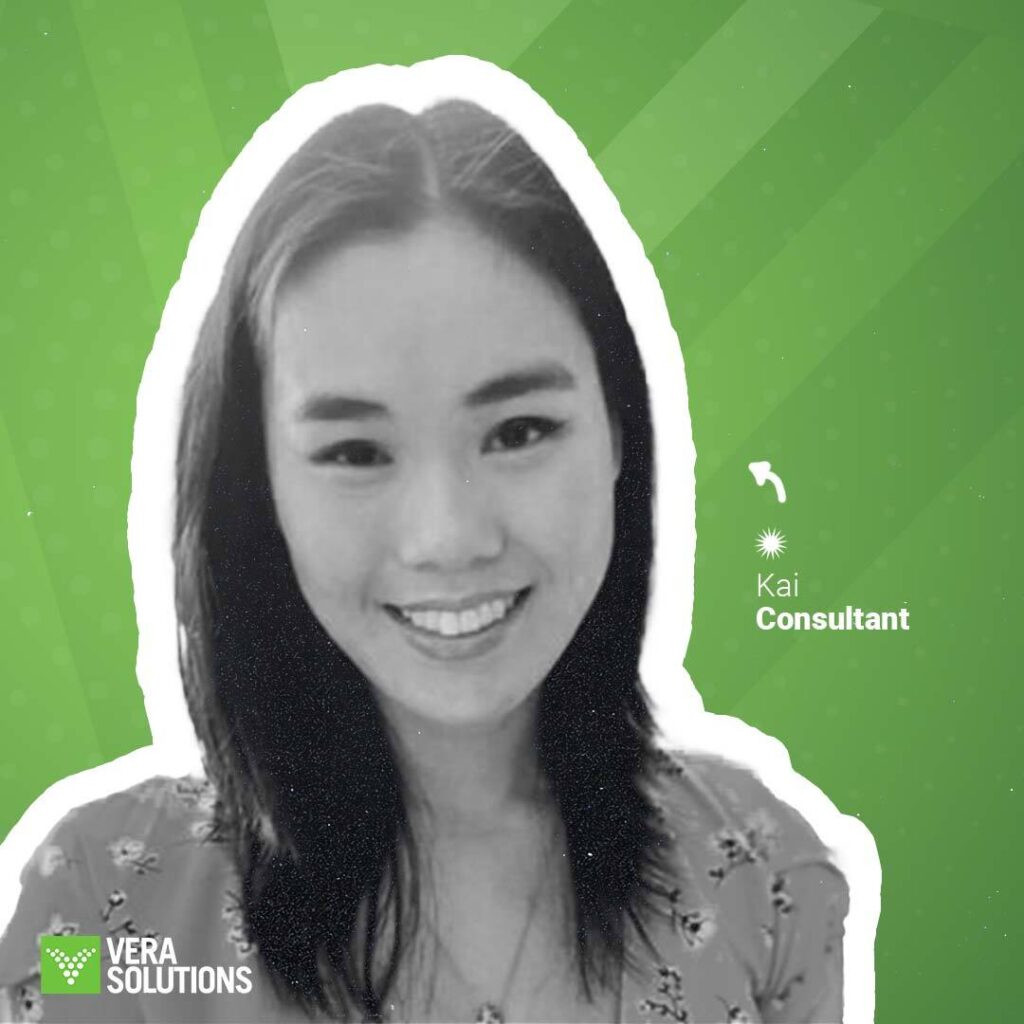
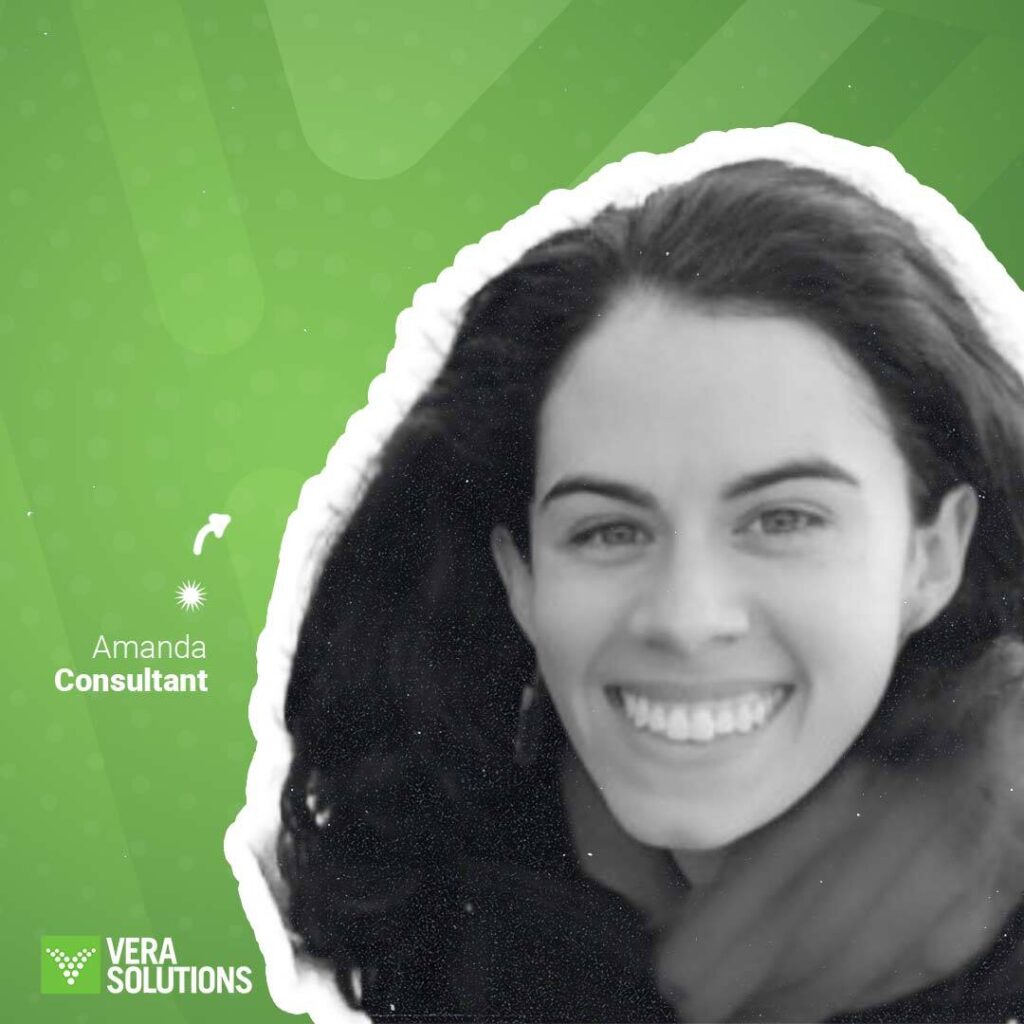
“Very different from what I expected! I thought the biggest learning curve would be in adapting from the PMM mindset to the working new object structure, but that went very smoothly. I spent most of my implementation effort in matching NPC for Program’s security and sharing structure to the system requirements.” noted Amanda.
Were there any unforeseen challenges with Salesforce NPC for Programs?
What Advice Would You Give To Anyone Considering Salesforce NPC for Programs?
Spend more time with the basics of NPC, such as the Person Account structure, from the get-go. Once you understand it, it can be somewhat simple, but it is a big change from the standard Account/Contact Salesforce model or the Household model from NPSP. You may need more time than you expect to understand how the data model works. Try these tips:
- Go through all the Trailhead modules to get a solid bird’s eye view of how NPC for Programs work
- There are a lot of features built into NPC for Programs. Create records, play around, and get as familiar as you can with its automation, screens, and connections
- Get ready to become a translator. NPC of Programs is rich in ready-to-use features, but the trick is in translating them into your client’s processes and business language.
Why Choose Vera Solutions?
With over 14 years of experience working with nonprofits, Vera Solutions has been a leader in developing program management, grant management, and impact measurement solutions on the Salesforce Platform.
Having taken an advisory role in the Nonprofit Cloud product suite development, we have some key insights and recommendations on where the new Salesforce NPC can add value and drive efficiencies for your organization.
Currently, over $12 billion of programs, grants, and projects advancing the UN Sustainable Development Goals are managed using Vera’s flagship product, Amp Impact. Our team has extensive knowledge of the nonprofit sector and deep experience in delivering the right solutions for a wide range of clients.
We also offer:
- A large pool of highly skilled and experienced Salesforce Consultants, with over 300 active Salesforce certifications and counting
- Experience successfully delivering over 1,000 projects in the social sector
- Over 420 customers globally
- A dedicated team located across 5 continents, covering more than 12 languages
As a Consulting Partner, we’ve been dedicated to the Salesforce ecosystem for more than 14 years. With the growth of Amp Impact, Vera Solutions has also been recognized twice as Salesforce.org Product Partner of the Year (2019, 2022) and with a Partner Innovation Award (2021). As such, we are constantly evaluating the Salesforce platform’s latest features and enhancements and how they can be leveraged to support our clients’ missions.

